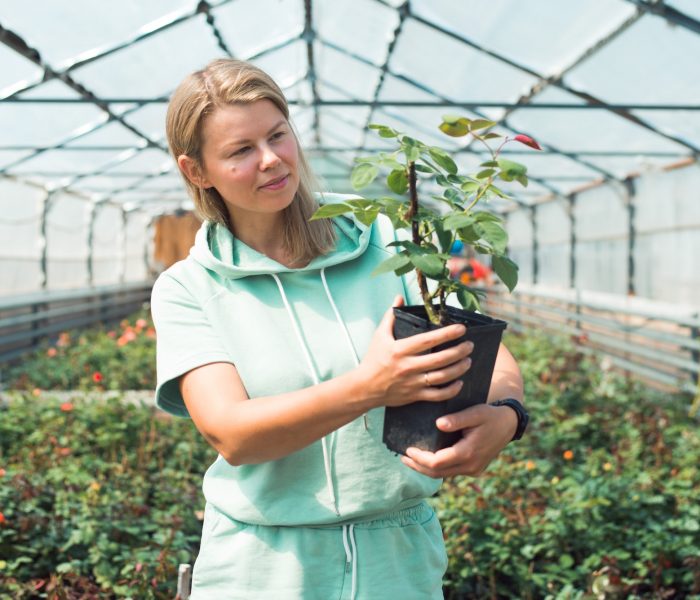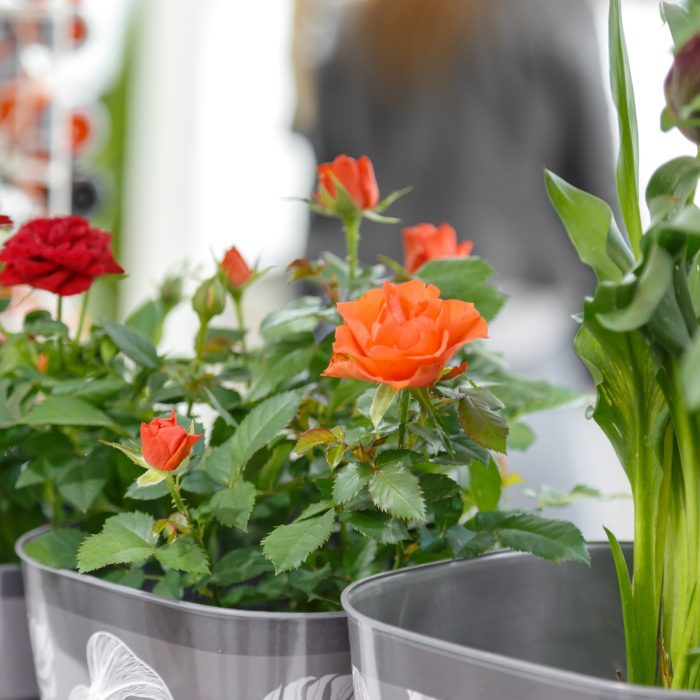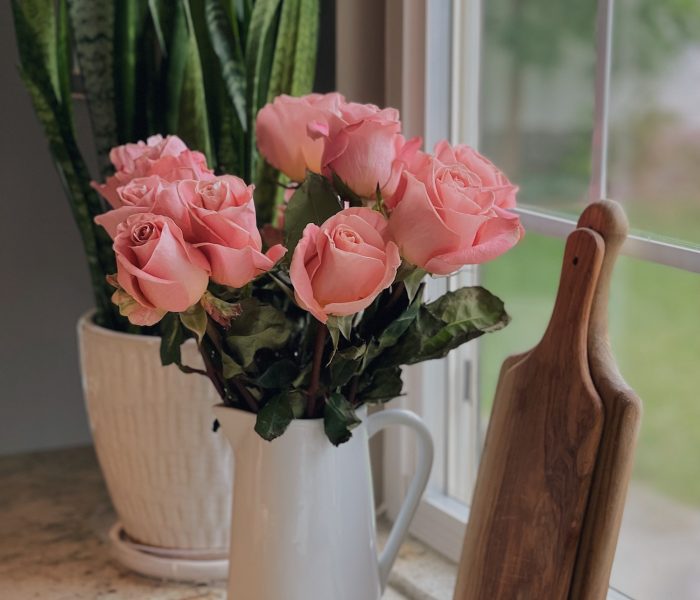Roses in a far-off garden bed should be appreciated up close rather than at a distance due to their alluring scent, plush petals, and stunning hues.
Fortunately, you can cultivate a small rose garden on a sunny patio, balcony, deck, or windowsill. You can most enjoy those beautiful blossoms by planting your roses in containers, such as pots, window boxes, or hanging baskets.
In addition, you have control over how your plants grow, which is quite beneficial if your garden has too much shadow, unfertile soil, or inadequate drainage.
Although it is easy to grow roses in pots, even for a beginner rosarian, you should abide by some crucial instructions to guarantee vigorous plants and gorgeous, continuous blooms.
With Plant Judo, learn everything you must know before planning your container-grown roses.
Contact us now.



At Plant Judo, we have different sizes of rose planters. However, we recommend you plant the roses in our pots with a minimum diameter of 12 inches and a proportionate depth.
It is so that the soil around the roots of your rose does not dry out too quickly, especially since roses prefer full sun and warm temperatures, both of which speed up the rate at which the soil dries.
Roses also need a pot with a large enough capacity to hold enough soil, which helps to retain more moisture. For maximum growth and flowering, roses need moist soil to prevent drooping.
The dirt in smaller pots also occasionally bakes hard, which might divert water from the soil’s surface, preventing it from getting to the roots of the rose where it is needed.
Roses grown along garden borders are protected from the wintertime cold by the soil, which maintains the roots’ ideal temperature for survival. The root system is practically above ground while a plant is in a pot or container, making it more susceptible to damage from cold because the roots are the part of the plant most sensitive to freezing temperatures.
It is why choosing a larger pot is crucial since the roots are more sheltered from the cold in the winter when more soil is in the pot, increasing their resistance to the cold. Since their roots cannot stand being sat in soggy soil, roses need their soil to be consistently moist to prevent drooping.
However, they also prefer the well-draining conditions of pots, so pots frequently achieve the ideal balance of moisture for roses, which is why roses usually grow so well in pots.

As long as the plant pot is big enough and has drainage holes in the bottom, roses can thrive in any potting material. However, some pots and containers are more suited for growing roses than others.

Plant Judo’s ideal containers for growing roses are those constructed of ceramic, terracotta, or clay materials. Our pots can withstand the weather better and don’t heat up as much in the summer. They can also frequently shield the roots from frost in the winter.
Additionally, clay pots are porous, which might aid in preventing root rot when the pots become extremely wet from continuous rain. Even though ceramic, terracotta, and clay pots are the finest for growing roses, a good-sized terracotta pot may become rather heavy when filled with soil, water, and of course, the rose itself.
Anything that accelerates the rate the pot dries out will harm the rose because roses need moist soil with enough organic matter to flourish at their best. Be vigilant about giving them frequent watering when you plant roses in metal or plastic pots to prevent the roses from drooping.
Rose roots wilt in metal containers because they heat up quickly. If the roses’ containers heat up in the sun during the hottest seasons, you may need to water them daily.


The drainage holes in the base of our pots are by far the most crucial component as they enable extra water to flow after watering. If the pot’s base doesn’t have any drainage holes, water will accumulate there and become saturated in the soil around the roots of the rose, leading to root rot and eventual death of the plant.
We recommend you elevate the rose pots by about one inch from the ground and set them on tiny feet or stands. Once more, it enables water to exit the pot’s base without pooling underneath on the patio, where it can keep the soil around the roots of the roses too wet.
There is no denying that roses enjoy the sun. Look for a location that receives full sun for at least 5 to 6 hours daily. The benefit of growing roses in pots is that you can place them anywhere there is sunlight-on a deck, at the front door, next to a garden bench, or anywhere else-even if your garden is shaded.
Leave space around the container to allow airflow between surrounding plants, containers, or buildings. The occurrence of rose illnesses can be decreased by good airflow. Container roses should be put at least two to three feet away from the greenery to avoid touching.



For healthy roses, air movement is essential, but don’t go overboard by positioning the container in a windy area. Strong winds can cause the pot to dry out more quickly, necessitating more frequent watering, and wind gusts that topple the pot could harm the plant.
Apart from the mentioned measures, much more is involved when growing potted roses. At Plant Judo, we can help you with sequential guidance to grow healthy rose plants. Our store is a one-stop place for everything you need. Get expert guidance and related props in one place.
Connect with us, and let us help you grow a beautiful rose garden.
Put peat moss in between the rose pots to act as insulation. Insert rose pots into slightly larger containers. Do not forget that the portability of potted roses is part of their attractiveness. Move them to a position with a little more shade if they receive too much afternoon sun.
Transfer potted roses out of the garden and into a sheltered area where their roots won’t freeze during the winter. An unheated garage is acceptable if you cover the plant in layers of burlap or place it in a styrene ice chest with a layer of leaves surrounding it.
When the dirt in your rose pots seems dry, water it. If you reside in a hot and dry area, install a drip irrigation system for your containers and use a timer to regulate watering. Retain moisture through mulching. Get a 1/2-inch layer of pebbles or wood chips from Plant Judo to get the finishing touch for your plant and deter squirrels, etc., from digging in the pots.
Container roses can last for two to three years before replanting so they can continue to develop in new soil. Make sure to purchase a new pot with drainage holes if your plant has outgrown its current one.

Copyright © 2024 Plant Judo. All Rights Reserved
Kemp House, 152 – 160 City Road,
London, EC1V 2NX
United Kingdom